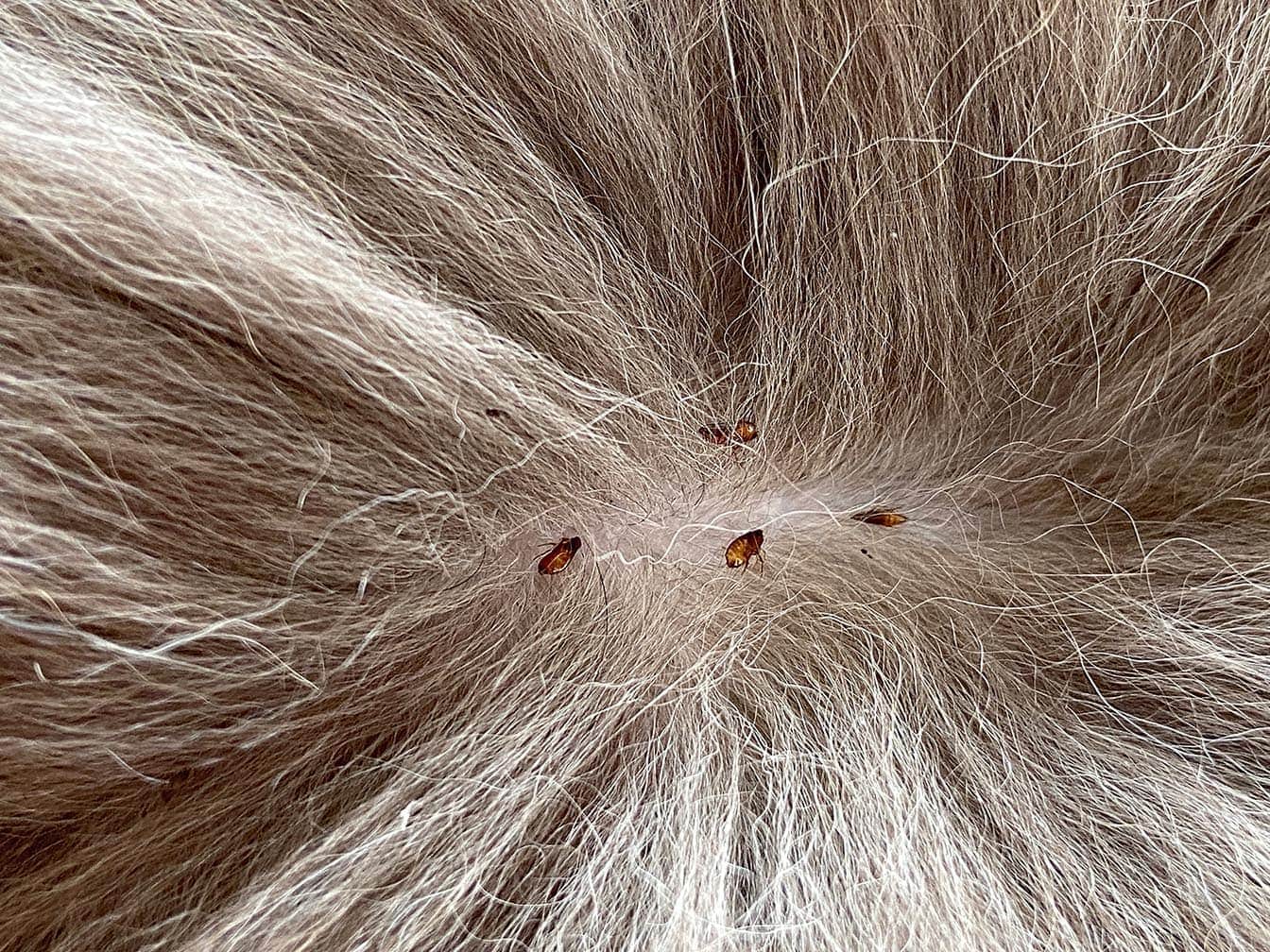Is Baby’s Breath Toxic to Cats? Keep Your Cat Safe

Updated on

Baby’s breath is a beautiful blooming plant that grows thin green stems and small white flowers. This flowering plant can be grown in households or planted in the garden.
A question many plants and cat lovers have is whether baby’s breath is safe to grow in the same environment as their cat. Unfortunately, this beautiful plant is mildly toxic to cats, and cat lovers should be cautioned if they want to grow or keep this plant where their cat has access to it.
Baby’s Breath (A Quick Rundown)
| Common Name: | Baby’s Breath |
| Additional Names: | Maidens Breath |
| Scientific Name: | Gypsophila elegans |
| Family: | Caryophyllaceae |
| Toxicity: | Mildly toxic |
| Clinical Signs: | GI upset |
| Native: | Eurasia |
Baby’s breath is a common addition in flower arrangements, such as bouquets, but they also commonly grow in gardens, and some plant lovers will grow this flowering plant in their home. Felines seem to have a fascination with this plant and are drawn to the scent that it gives off. This plant is native to Eurasia and was then introduced into North America for ornamental purposes, specifically for the cut flower industry.
This flowering plant readily self-sows and can now be naturally found growing in gardens across Canada and the Northern United States. Baby’s breath is often classified as a weed due to its ease of self-propagation and hardiness.

Is Baby’s Breath Toxic or Poisonous to Cats?
According to the ASPCA, baby’s breath is mildly toxic to cats and other animals because it causes signs of GI upset, which may need veterinarian intervention if your cat has consumed a large quantity of this plant.
Unlike other plant species that are safe for cats, baby’s breath can cause signs of mild toxicity even if a small amount has been ingested. This is because baby’s breath and other Gypsophila species plants contain gyposenin, a saponin, which is known to irritate your cat’s gastrointestinal tract after they have ingested it. This then irritates the lining of your cat’s throat and digestive tract.
The flower part of baby’s breath is the most toxic part of the plant. This makes it risky for cat owners to grow this plant near cats because the sweet scent the flowers give off may attract your cat to eat them.

What Happens if Your Cat Ingests Baby’s Breath?
So, what are some of the signs you should expect if your cat has ingested baby’s breath? The clinical signs of Gypsophila toxicity in cats are generally not life-threatening, but they can cause your cat to feel discomfort. If you suspect that your cat may have ingested baby’s breath, then it is recommended to take them to the vet immediately so that the vet can help control some of the uncomfortable signs your cat will experience.
If your cat has eaten a part of baby’s breath plant, you should expect to see some of these signs shortly after they have ingested parts of the plant:
- Vomiting
- Anorexia
- Loss of appetite
- Lethargy
- Diarrhea

Conclusion
If you have boutiques with baby’s breath flowers in them, or if you have this plant growing in your household or garden, then it is best to keep this plant away from your cat to prevent them from trying to eat it.
Since baby’s breath is a common garden plant, it is better to remove it if you find that your cat is roaming the area it commonly grows.
Related Reads:
- Are Sunflowers Toxic to Cats? What You Need to Know!
- Are Hydrangeas Poisonous to Cats? What You Need to Know!
Featured Image Credit: Piqsels











